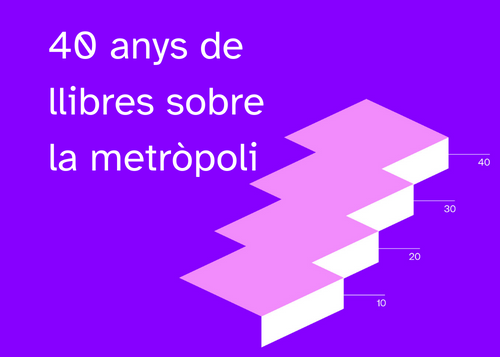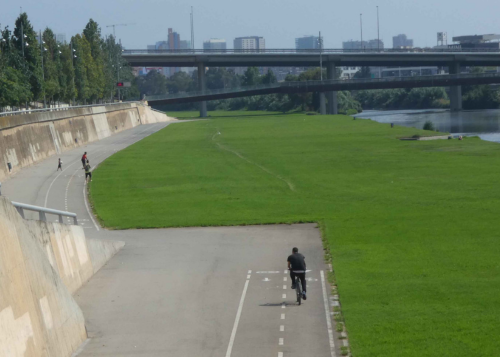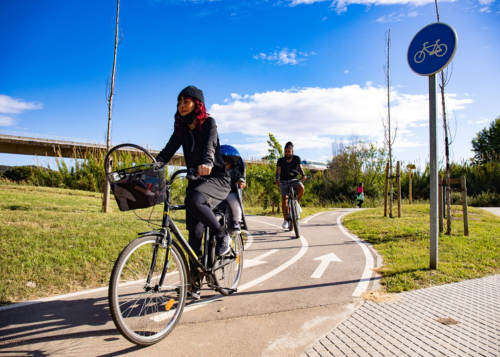Living innovation machines: modelling innovation in time and space variable-geometry territorial units using machine learning
Autors:
- Rafael Boix-Domenech (Universitat de València)
- Vittorio Galletto (Institut d’Estudis Regionals i Metropolitans de Barcelona)

- Fabio Sforzi (University of Parma)
- Francesco Capone (Università degli Studi di Firenze, Firenze)
Any: 2022
This paper investigates the innovative intensity (iMID effect) in the local production systems (LPSs) using dynamic territorial units that modifies their geographical boundaries and specialization over time. The paper is based on the idea that the local communities are the real unit of generation of innovation and that they are constantly changing, behaving like a ‘living innovation machine’. To explore this dynamic relationship, the paper applies the Marshallian industrial district (MID) as an approach to industrial change. Then, it focuses on the Marshallian industrial districts (MIDs) as a type of LPS and asks how the innovation effect changes in MIDs and other types of LPSs when dynamic territorial units are used. The differences in innovation intensity between the different types of LPSs are explained for Spain in the period 1991–2014 using new methods of analysis that combine causal analysis, a variable and adaptive geometry of territorial units and industrial specialization, and machine learning methods. The results show that the transformation of an LPS into another type of LPS does not automatically imply a change in innovative capacity, and the type of LPS of origin continues to be relevant in explaining current innovation processes.
Boix-Domenech, R., Galletto, V., Sforzi, F., & Capone, F. (2022). Living innovation machines: modelling innovation in time and space variable-geometry territorial units using machine learning. European Planning Studies, 1, https://doi.org/10.1080/09654313.2022.2134727











